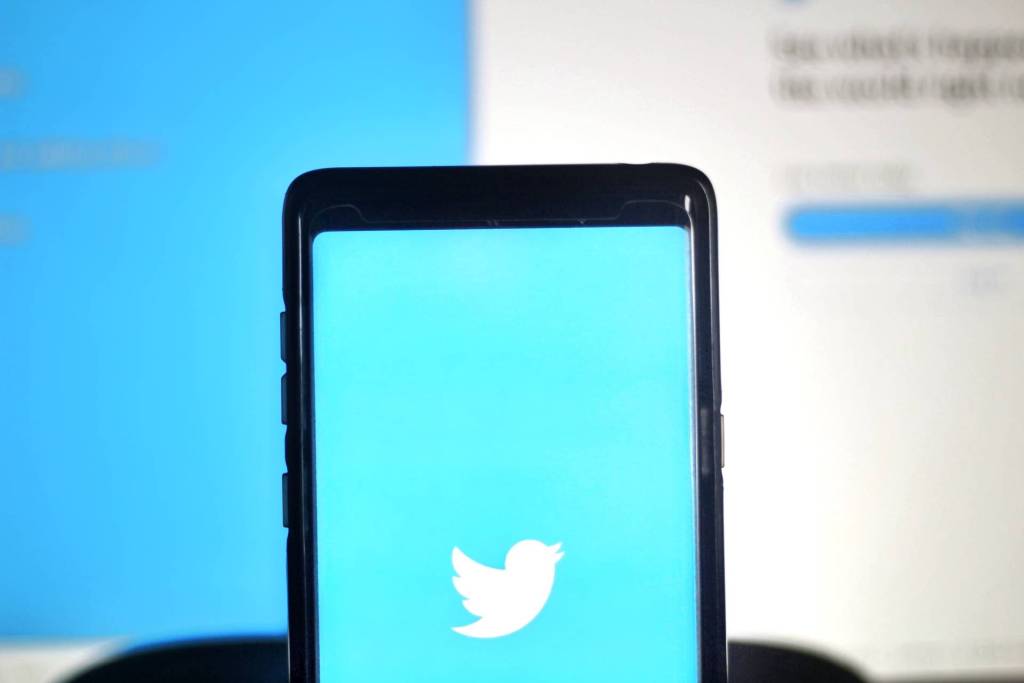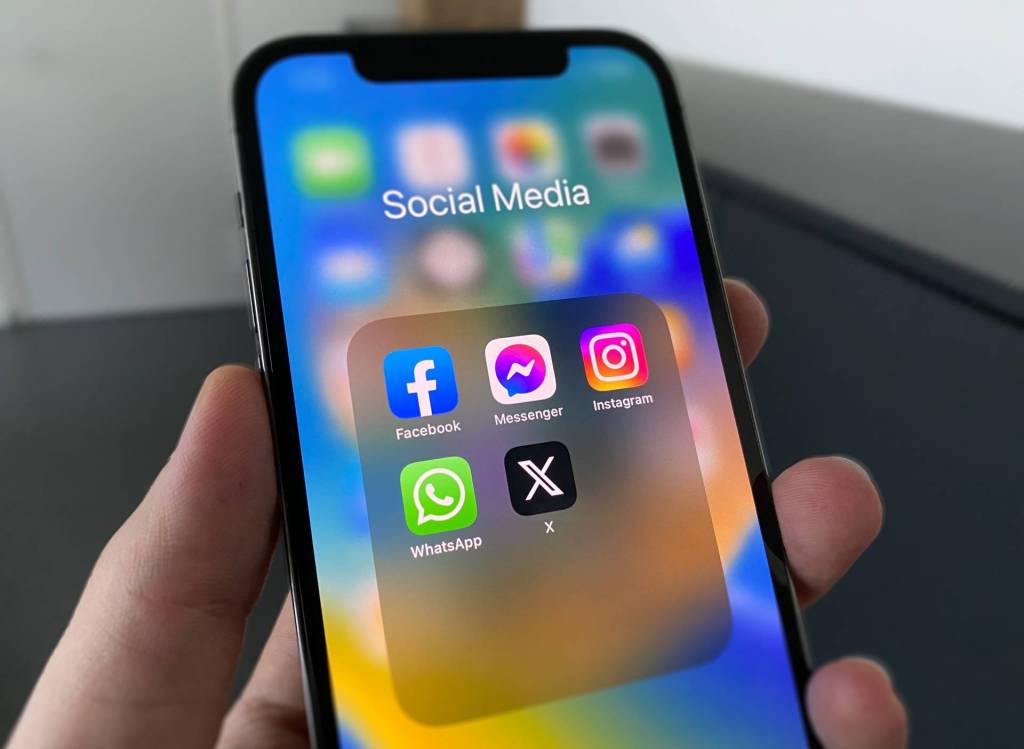Are you looking to make a lasting impression in your professional world? Crafting a powerful personal branding statement is the key. In the bustling market of talents and ideas, standing out is crucial.
Personal brand statements are not just trendy buzzwords. They are your career story, your values, and your promise, all wrapped into one compelling sentence.
But how do you create a statement that truly reflects you and makes a difference? In this guide, we unravel the art of crafting personal brand statements that are memorable, authentic, and impactful. Stay with us as we explore examples and tips that will transform your professional identity.
Inspiring Examples of Personal Branding Statements


Creating an effective personal brand statement is an art. It’s about capturing your essence in a few powerful words. Here are some inspiring examples to guide you:
- The Innovative Marketer: “I craft unique marketing strategies that blend creativity and data analytics to drive brand growth and engage audiences in memorable ways.
- The Tech-Savvy Programmer: “Passionate about developing cutting-edge software solutions that simplify and enhance user experiences through innovative coding and intuitive design.”
- The Empathetic Counselor: “Dedicated to providing compassionate and tailored counseling services, empowering individuals to overcome challenges and achieve personal growth.”
- The Strategic Business Leader: “A visionary leader focused on developing sustainable business strategies that balance profit with social responsibility, driving long-term growth and positive change.”
- The Creative Designer: “I transform ideas into visual stories, using design to create impactful and emotionally resonant brand experiences.”
- The Health-Conscious Chef: “Committed to revolutionizing the culinary world with healthy, flavorsome dishes that delight the palate and nourish the body.”
- The Energetic Fitness Coach: “Empowering people to achieve their fitness goals with dynamic, personalized training programs that inspire and motivate.
- The Environmental Advocate: “Passionate about driving environmental change, utilizing research and advocacy to promote sustainable practices and policies.”
- The Financial Guru: “Expert in navigating the complexities of finance, providing clear, strategic advice to help clients secure their financial future.”
- The Dedicated Educator: “Transforming lives through education, inspiring students to achieve excellence and develop a lifelong love of learning.”
Each of these statements is a powerful testament to the individual’s strengths, passions, and goals. They effectively communicate who they are and what they stand for, making them memorable in their respective fields. Your personal brand statement should do the same, capturing the unique combination of skills and passions that make you stand out.
Crafting Your Personal Branding Statement: A Step-by-Step Guide


1. Define Your Target Audience
The first step in crafting your personal brand statement is identifying your target audience. Understanding who you’re speaking to is crucial. It shapes the language, tone, and content of your statement. Here’s how to define your audience:
- Identify Who They Are: Are they potential employers, clients, colleagues, or a broader professional network? Your audience influences the focus of your brand statement.
- Understand Their Needs and Interests: What are they looking for? What challenges do they face that you can address? Tailoring your statement to meet their needs makes it more impactful.
- Consider the Industry Culture: Different industries have varying cultures and expectations. A tech start-up might appreciate innovative and edgy statements, while a law firm might value professionalism and precision.
By defining your target audience, you set the foundation for a personal brand statement that resonates and connects. It’s about making sure your message reaches the right ears in the right way
2. Identify Your Unique Value Proposition
After defining your target audience, the next step is to identify your unique value proposition (UVP). This is what sets you apart from others in your field. Here’s how to pinpoint your UVP:
- Assess Your Skills and Strengths: Make a list of your skills and strengths. Focus on those that are most relevant to your audience and industry. These could be technical skills, soft skills, unique experiences, or achievements.
- Understand Your Passion: Your passion often drives your most significant accomplishments. What do you love doing? What aspect of your work excites you the most? Passion can be a key differentiator.
- Reflect on Your Achievements: Consider your past successes. What have you achieved that others in your field haven’t? These achievements can highlight your unique capabilities.
- Solve a Problem: Think about the problems or challenges your audience faces. How can your skills and experiences provide a solution? Your ability to address these issues can be a part of your UVP.
- Be Authentic: Authenticity is crucial in a personal brand statement. Ensure that your UVP truly reflects who you are and what you stand for.
Your unique value proposition is the core of your personal brand statement. It’s what you offer that no one else can. This clarity sets the stage for a compelling and memorable personal brand statement.
3. Show Your Personality
Incorporating your personality into your personal brand statement is essential. It’s what makes your statement genuinely unique and engaging. Here’s how to infuse your personality into your brand statement:
- Reflect Your Character: Are you creative, analytical, enthusiastic, or methodical? Use adjectives that accurately reflect your personality. This helps in forming a connection with your audience.
- Tell Your Story: Your background and experiences shape who you are. Include elements of your personal journey that are relevant and compelling. It makes your statement more relatable and memorable.
- Use Your Voice: Write your statement in a way that sounds like you. If you’re naturally humorous, a bit of wit can make your statement stand out. If you’re more serious, a straightforward and earnest tone may be more effective.
- Be True to Yourself: Don’t try to mold your personality to fit what you think others want. Authenticity is key in personal branding. People can tell when a statement is genuine versus when it’s forced.
- Let Your Passion Shine: Passion is infectious and can set you apart. Share what you love about your work or field and why it matters to you.
Your personality is a significant part of your appeal. It’s not just what you do, but who you are that makes your personal brand statement resonate with others. By showing your unique personality, you create a deeper connection with your audience.
4. Keep It Concise
A powerful personal brand statement is clear and concise. It gets your message across without unnecessary words. Here’s how to keep your statement succinct:
- Be Clear and Direct: Use simple language to express your ideas. Avoid jargon or complex terms that might confuse your audience. Clarity is key in a concise statement.
- Focus on Key Elements: Stick to the most important aspects: your unique value proposition, skills, and a bit of personality. Don’t overload your statement with too many details.
- Limit Length: Aim for a statement that’s one to two sentences long. This is typically around 30 to 50 words. A concise statement is easy to remember and repeat.
- Edit Ruthlessly: After writing your statement, edit it down. Cut out any fluff or filler words. Every word in your statement should serve a purpose.
- Test It Out: Share your statement with friends or colleagues. Can they understand and repeat it easily? If not, it might need more refining.
A concise personal brand statement is impactful and memorable. It makes a strong impression quickly. It’s the essence of who you are and what you offer, distilled into a few powerful words.
5. Maintain Consistency Across Platforms
Consistency in your personal brand statement across various platforms reinforces your professional image. Here’s how to maintain this consistency:
- Uniform Messaging: Ensure that your personal brand statement is the same on all professional platforms. This includes LinkedIn, your personal website, professional social media accounts, and business cards.
- Align Your Online Presence: Your personal brand statement should reflect in every aspect of your online presence. This includes the tone of your posts, your shared content, and your interactions online.
- Update Regularly: Keep your statement up-to-date across all platforms. If you make a change or refine your statement, update it everywhere.
- Visual Consistency: Along with verbal messaging, ensure visual elements like profile pictures, color schemes, and fonts are consistent. This creates a cohesive personal brand image.
- Consistent Engagement: How you interact online should align with your personal brand statement. Be it responding to comments, sharing content, or networking, your interactions should reflect the professional image you’re projecting.
Consistency helps in building recognition and trust with your audience. When your personal brand is cohesive across all platforms, it strengthens your professional identity and makes you more memorable.
6. Regularly Revise Your Statement
Your personal brand statement should evolve as you do professionally. Regular revisions ensure it remains relevant and true to your current professional standing. Here’s how to effectively revise your statement:
- Reflect on Changes: As your career progresses, your skills, experiences, and goals will change. Reflect on these changes and how they impact what you offer and stand for.
- Seek Feedback: Regularly seek feedback on your personal brand statement from colleagues, mentors, or your professional network. They can provide insights on how well it aligns with your current professional image.
- Stay Aligned with Goals: Ensure your statement is in sync with your current and future career goals. As your aspirations evolve, so should your personal brand statement.
- Adapt to Industry Trends: Keep an eye on trends and changes in your industry. Your statement should reflect any new skills or areas of expertise relevant to the evolving market demands.
- Schedule Reviews: Set a regular schedule to review and update your statement. This could be annually or whenever you achieve a significant career milestone.
Regularly revising your personal brand statement ensures it accurately represents who you are and where you’re headed in your career. It’s a dynamic tool that should grow and change as you do.
Understanding Personal Branding Statements

Diving deeper into personal brand statements reveals their complexity and power in shaping professional identities. Here’s a more detailed look at their significance and components:
Core Components of a Personal Brand Statement:
- Unique Selling Proposition (USP): This is the heart of your statement. What do you offer that no one else does? Your USP should highlight your distinct skills, experiences, or perspective.
- Target Audience: Who are you addressing? Understanding your audience allows you to tailor your statement to resonate with them specifically.
- Professional Goals: Your statement should reflect your career aspirations. It communicates not only who you are now but also who you aim to become.
- Personal Flair: Your personality is what makes your statement genuinely yours. Whether it’s your creativity, dedication, or charisma, this element makes your statement relatable and memorable.
Why They Matter:
- Networking Tool: In networking, first impressions are crucial. A well-crafted personal brand statement can open doors and spark interest in your professional profile.
- Resume Enhancement: Including your personal brand statement on your resume can set the tone for your entire application. It gives employers a snapshot of your professional essence.
- Online Presence: In the digital age, your online persona is often the first point of contact with potential employers or clients. A strong personal brand statement on your LinkedIn or personal website sets a professional tone.
- Career Clarity: Crafting your statement requires introspection. This process can provide clarity about your professional path and choices.
Building a Strong Personal Brand Statement:
- Authenticity: The most effective personal brand statements are authentic. They are a true reflection of your professional identity and are not just what you think others want to hear.
- Consistency: Your statement should be consistently reflected in your professional behavior, online presence, and work ethic. Inconsistency can lead to a lack of trust or confusion about your professional brand.
- Flexibility: Be open to evolving your statement as your career grows and changes. A statement that adapts to your current professional stage is more relevant and impactful.
- Simplicity: While it’s important to be detailed, clarity and simplicity are key. Avoid overcomplicating your statement. It should be easy to understand and remember.
In summary, a personal brand statement is a succinct, clear declaration of your professional identity. It combines your unique skills, goals, and personality. Understanding and crafting a powerful personal brand statement can significantly impact your professional journey, influencing how you’re perceived and the opportunities that come your way. It’s an essential tool for any professional looking to make a mark in their field.
The Importance of a Personal Branding Statement
Understanding the critical role of a personal branding statement can transform how you approach your professional life. Here’s why it’s so important:
- Differentiation in a Competitive Market: In today’s job market, standing out is essential. A personal branding statement sets you apart from the competition. It highlights what makes you unique and valuable.
- Clarity of Professional Identity: It succinctly defines who you are as a professional. This clarity is not just beneficial for potential employers or clients, but also for your own understanding of your career path.
- Enhances First Impressions: A well-crafted personal brand statement makes a strong first impression. Whether it’s on your resume, LinkedIn profile, or personal website, it quickly communicates your professional essence.
- Guides Your Career Path: Your personal brand statement acts as a compass for your career decisions. It helps ensure that your professional choices align with your goals and values.
- Increases Confidence: Knowing and articulating your strengths and abilities increases your confidence. This self-assurance is often evident in interviews, networking events, and professional interactions.
- Improves Online Presence: In the digital age, your online persona can be as important as your real-life presence. A compelling personal brand statement enhances your digital profiles, making them more engaging and professional.
- Facilitates Networking: A clear and memorable personal brand statement makes networking more effective. It gives others a concise understanding of who you are and what you offer, facilitating better professional connections.
- Attracts Opportunities: A strong personal brand statement can attract the right kind of opportunities. It draws the interest of those who value your specific skills and experiences.
In essence, a personal brand statement is more than just a catchy sentence on your profile. It’s a strategic tool that shapes your professional image, directs your career path, and opens up opportunities. It’s about making a statement that not only speaks about you but also speaks for you in the professional realm.
Final Thoughts
In wrapping up our exploration of personal brand statements, it’s important to emphasize their transformative power in your professional journey. A well-crafted personal brand statement is not just a tagline – it’s a reflection of your professional identity, aspirations, and what sets you apart in the competitive marketplace.
Key Takeaways:
- Personal Branding is Essential: In today’s fast-paced professional world, having a clear and compelling personal brand statement is essential. It is a tool that can elevate your career and open new doors of opportunity.
- Reflect and Evolve: Your personal brand statement should be a living part of your professional life. As you grow and evolve in your career, so should your statement. Regular reflection and updates ensure it remains relevant and true to your current professional standing.
- Consistency is Key: Ensure that your personal brand statement is consistent across all platforms and aligns with your real-world professional persona. This consistency builds credibility and reinforces your professional image.
- Make it Memorable: Strive to create a statement that is not only reflective of your professional identity but is also memorable and engaging. It should leave a lasting impression and spark interest in your professional profile.
- Seek Feedback: Don’t hesitate to seek feedback on your personal brand statement. Constructive insights from mentors, colleagues, or professionals in your network can help refine and strengthen your statement.
In conclusion, personal brand statements are a powerful tool in defining and expressing your professional identity. They encapsulate your unique value proposition, showcase your expertise, and articulate your career goals in a concise and impactful manner. Remember, your personal brand statement is your professional story told in a sentence – make it count!
Personal Branding Statements FAQs
What is a personal brand statement example?
An example of a personal brand statement is: “Driven marketing specialist with a passion for storytelling and a proven track record in increasing brand engagement through innovative digital strategies.
What are the 4 C’s of personal branding?
The 4 C’s of personal branding are Clarity (being clear about who you are and what you offer), Consistency (maintaining a consistent message and image across all platforms), Constancy (being regularly active and visible in your professional field), and Confidence (portraying a confident professional image).
What are the 4 P’s of personal branding?
The 4 P’s of personal branding include Presentation (how you present yourself and your work), Promotion (how you market yourself), Passion (your enthusiasm and dedication to your work), and Persistence (your commitment to continuous personal and professional growth).
What are the 3 C’s of personal branding?
The 3 C’s of personal branding are Clarity (clear understanding of your strengths and what you represent), Consistency (consistent messaging and visual identity), and Constancy (regular engagement and presence in your professional circles).
What are the 5 E’s of personal branding?
The 5 E’s of personal branding are Engagement (actively engaging with your audience), Energy (showing passion and enthusiasm), Empathy (understanding and connecting with your audience), Endorsements (having others vouch for your skills and experience), and Education (continuous learning and sharing of knowledge).
What is the golden rule of personal branding?
The golden rule of personal branding is to be authentic. Authenticity involves being true to yourself and your values, and presenting them honestly and transparently to your audience.
What are the six pillars of personal branding?
The six pillars of personal branding are: Purpose (understanding your ‘why’), Audience (knowing who you are targeting), Story (your unique narrative), Consistency (maintaining a consistent image and message), Visibility (being seen in your industry), and Persistence (steadfast dedication to your personal brand).
What is an example of a personal brand strategy?
An example of a personal brand strategy might include: defining a unique value proposition, actively engaging with the target audience through social media and networking events, regularly creating and sharing content related to one’s expertise, seeking speaking opportunities in one’s field, and consistently refining personal brand based on feedback and industry trends.
What is the number one rule for branding?
The number one rule for branding is consistency. Consistency across all platforms and interactions ensures that your brand is easily recognizable and reliable, which helps in building trust and loyalty with your audience.
Featured Image Credit: Photo by Digital Content Writers India; Unsplash – Thank you!













